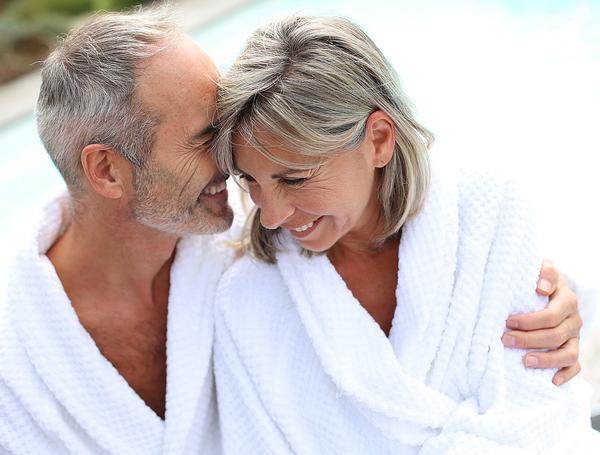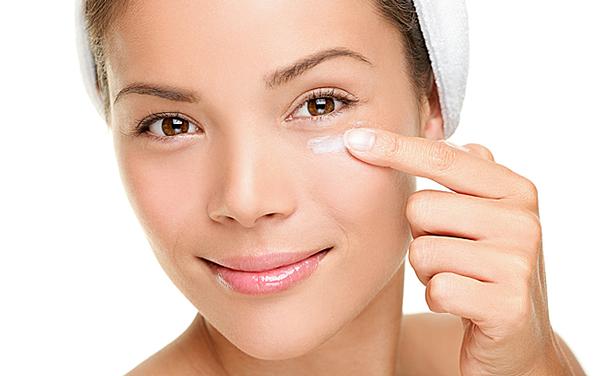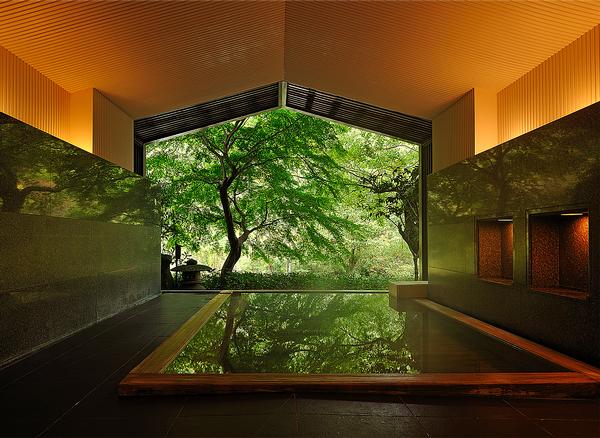 SELECTED
ISSUE
SELECTED
ISSUE
|
|
Leisure Management - Letters

Letters

|
|
| Letters
|

Do you have a strong opinion, or disagree with somebody else’s point of view on topics related to the spa industry? If so, Spa Business would love to hear from you. Email your letters, thoughts and suggestions to theteam@spabusiness.com
|
|
|
 |

How can we get spas to sign up to benchmarking? |
 |
Anne McCall Wilson
Owner
McCall & Wilson
The profit and loss allocation in hotel spas will always raise an abundance of opinion, as highlighted in the recent article in Spa Business (see SB13/4 p42), but I continue to be perplexed at the lack of participation in benchmarking programmes – something which can have an even bigger impact on spa balance sheets.
At the first Global Spa & Wellness Summit in 2007, a benchmarking session was standing room only, which prompted Smith Travel Research (STR) to set up a standard reporting system for spas (see SB08/2 p21). After several years, participation still remains very low. Everyone agrees it’s needed, but how do we get businesses to actually participate? Maybe we need owners, lenders and asset companies to ask that question.
STR collects stats on spa revenue, utilisation and space. We can lament unfair cost allocations but this is often just a left pocket/right pocket financial transfer or budget discussion and doesn’t put the focus on what drives real value. We need to focus on building the spa top line. This means not only building revenue management skill sets and tools for our leaders, but also developing a revenue culture in our businesses.
Focusing on the top line forces critical thinking about the customer. Knowing who the customer is drives everything – space, design and programming. A spa in an urban business hotel with a 65 per cent male audience might be completely different to another urban hotel positioning itself as a neighbourhood meeting place. I wish more projects developed a strategy in the concept phase and determined the main role of the spa: whether to increase asset value, enhance positioning, drive weekend room nights, be a key profit centre, or simply provide an amenity. We would have many more profitable projects if we identified the customer and the right revenue plan and space allocation at an early stage. Interestingly, these are almost the exact statistics that the STR benchmarking system collects.
| |


|
| shutterstock/Goodluz |

Benchmarking provides valuable data on spa customers, usage, revenue and space |
|
|
 |

Skincare needs to be more than just pot of cream |
 |
Filippo Ongaro
anti-ageing medicine expert
I’d like to see less ‘dream selling’ and more reality in the skincare industry. Beauty should be more than a short-term fix, it should be a long-term approach combined with a healthy lifestyle – if you’re healthy on the inside, it reflects on the outside.
I come at this from a slightly different perspective. I used to be a physician for the European Space Agency – six months in space is like 10 years on Earth and one of my tasks was to counteract the effect of ageing, so anti-ageing medicine was a natural next step. I have my own clinic in Italy and am involved with various anti-ageing associations globally. Most recently, I was one of a group of experts, including a cardiologist, nutri-dermatologist and pharmacologist, who worked on Comfort Zone’s Skin Regimen line. To complement the skincare products, the company has also detailed nutrition and exercise programmes which help with preventative ageing.
I think more consumers should consider this approach. The science behind it can be very complex, but if delivered in a step by step way – along with education – it would be far more effective than just using a pot of cream!
| |


|
| shutterstock/Ariwasabi |

Skincare could be enhanced if lifestyle advice was given too |
|
|

|
Tomonori Maruyama
chief researcher/manager
Mitsui Knowledge Industry
It was great to read about how Hoshino Resorts is updating the traditional bathing/thermal spa model in Japan (see SB14/1 p68) as my company collaborated on some of the new approaches it’s incorporating.
Although thermal bathing in onsen is a centuries-old tradition in our country there’s been a resurrected interest in them recently. Last October saw the launch of the Global Hot Spring Initiative which sees representatives of hot spring facilities joining forces to help drive the sector forward. It only started with six members but this has steadily grown to 11 people worldwide who are in contact on a monthly basis with ideas of how to help this part of the industry grow.
The 2020 Tokyo Olympics is also going to have a big impact on the spa industry in Japan and one of the most interesting developments is Senkyaku Banari, which is being built close to one of the stadiums and which will include a large hot spring facility (see p18). The project, which will sit next to Tokyo’s relocated fish market, will include 140 sushi-related shops and restaurants for tourists and residents. It’s scheduled to open within the next two years and is expected to attract around 4 million visitors annually.
Elsewhere in Japan, some traditional Zen temples are providing their ascetic training (traditional spiritual exercise practice) for beginners. I really think this could grow rapidly as consumers increasingly seek solace from the stresses of every day life and as destination spas move away from pampering and further embrace exercise.
In short, there are some interesting innovations and developments to watch out for in the years ahead in Japan.
Read more: http://lei.sr?a=I9I0B
| |


|

Hoshino Resorts is modernising the traditional thermal spa model in Japan |
|
|
 |
| Originally published in Spa Business 2014 issue 2
|
|
 |
|